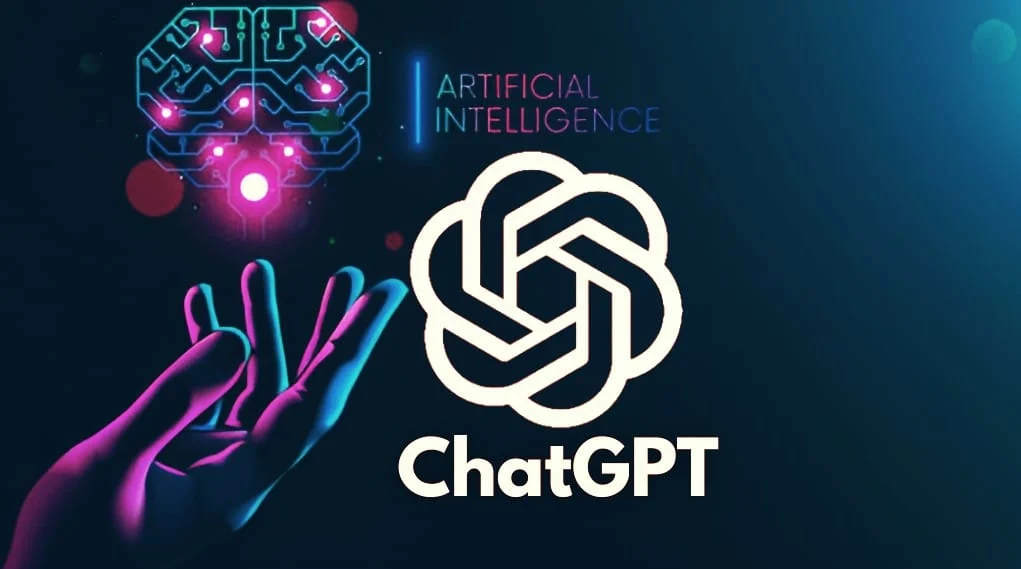Eco-Friendly AI Tools: Cutting ChatGPT’s Carbon Footprint

Artificial intelligence (AI) is changing how we work, learn, and create. But it comes with a hidden cost: energy use. Data centers that power AI tools like ChatGPT consume massive amounts of electricity, contributing to greenhouse gas emissions. A new tool called PromptZero promises to reduce these emissions by up to 20% by limiting the length of AI responses. This article explores how this tool works, its benefits, and what it means for a greener future.
What Is PromptZero and How Does It Work?
PromptZero is a new feature designed to make AI tools like ChatGPT more eco-friendly. It encourages the AI to give short, clear answers instead of long, detailed ones. By reducing the words in each response, it lowers the computing power needed, which cuts down on energy use. This tool was launched in July 2025 by the Earth Public Information Collaborative (EPIC) at the AI for Good Summit in Geneva.
PromptZero works by adding a special instruction to your ChatGPT query. For example, you might type: “Answer in PromptZero Mode with short, clear sentences to save energy.” The AI then trims its response, avoiding extra words or examples unless you ask for them. After each answer, it estimates the CO2 emissions saved. This simple tweak can make a big difference when millions of people use AI daily.
Why It Matters
Long AI responses require more processing power, which means more energy from data centers. These centers often rely on fossil fuels, adding to climate change. PromptZero tackles this by making AI more efficient. It’s a small step that adds up when used widely.
The Environmental Cost of AI
AI tools like ChatGPT are powerful but energy-hungry. Training a single large AI model can produce as much carbon dioxide as five cars do in their lifetime. Each ChatGPT query uses about 2.9 watt-hours of electricity, roughly ten times more than a Google search. With billions of queries monthly, the environmental impact grows fast.
Data centers also need water for cooling, sometimes using millions of gallons daily. This can strain local water supplies, especially in dry areas. The production of computer chips for AI adds to the problem, requiring mining and energy-intensive manufacturing.
Comparing AI’s Impact
The table below shows how AI queries stack up against everyday activities in terms of carbon emissions:
| Activity | CO2 Emissions (grams) |
|---|---|
| One ChatGPT query | 4.32 |
| One Google search | 0.2 |
| One load of laundry | 600 |
| One mile driven in a car | 400 |
This table shows that while a single AI query’s impact is small, frequent use adds up. Tools like PromptZero aim to keep this number low.
Pros and Cons of AI’s Environmental Impact
- Pros:
- AI can optimize energy use in industries like transportation and manufacturing.
- It helps monitor climate change through better data analysis.
- Cons:
- High energy use during training and daily operations.
- Water consumption for cooling data centers.
A Personal Perspective
Last month, I tried using ChatGPT to plan a low-carbon vacation. The AI suggested biking routes and local eateries, but its long answers felt unnecessary. When I tested PromptZero, I got the same useful tips in half the words. Knowing I was saving energy felt good, like choosing to bike instead of drive.
How PromptZero Reduces Emissions
PromptZero cuts emissions by making AI responses more efficient. Shorter answers mean less computing time, which lowers energy use. EPIC claims this can reduce emissions by up to 20% per query. For example, if a typical ChatGPT response uses 2.9 watt-hours, PromptZero might drop that to 2.3 watt-hours.
This tool also encourages users to think about their AI habits. By seeing the CO2 saved after each query, you’re reminded to use AI thoughtfully. It’s like checking your electricity bill to see where you can save energy at home.
Other Ways to Make AI Greener
PromptZero isn’t the only solution. Here are other ways companies and users can reduce AI’s environmental impact:
- Use renewable energy: Power data centers with solar or wind energy.
- Choose smaller models: Use simpler AI models for basic tasks to save energy.
- Improve hardware: Design chips that use less power for AI tasks.
Why This Matters
Reducing AI’s energy use is critical as more people rely on it. PromptZero shows that small changes in how we use AI can have a big impact. It’s a practical step toward balancing technology and sustainability.
The Bigger Picture: AI and a Sustainable Future
AI isn’t just a problem for the environment—it can also be part of the solution. AI helps predict weather patterns, optimize renewable energy systems, and improve recycling processes. Tools like PromptZero show how we can use AI responsibly while keeping its benefits.
However, the tech industry needs to do more. Many companies, like Google and Microsoft, are investing in renewable energy for data centers (learn more at Google Sustainability). But transparency is key. Most AI companies don’t share their emissions data, making it hard to know the full impact.
Challenges Ahead
The demand for AI is growing, and so is its energy use. By 2030, AI could account for 3-4% of global carbon emissions if left unchecked. Tools like PromptZero are a start, but they need widespread adoption. Governments and companies must also set rules to ensure AI is developed sustainably.
A User’s Role
As users, we can make a difference. Choosing tools like PromptZero, asking for concise answers, and supporting companies that use green energy are simple steps. It’s like turning off lights when you leave a room—small actions add up.
A Real-World Example
I recently saw a post on X from a climate advocate praising PromptZero: “Just used PromptZero on ChatGPT. Saved 0.5 grams of CO2 on one query! Small wins matter.” This shows how users are excited about tools that make AI greener.
What’s Next for Eco-Friendly AI?
The future of AI depends on balancing innovation with sustainability. Researchers are working on energy-efficient models that do more with less power. Quantum computing and brain-inspired chips could cut energy use dramatically. Meanwhile, tools like PromptZero give users a way to act now.
Companies are also stepping up. For example, Microsoft’s Azure platform (learn more at Microsoft Sustainability) aims to be carbon-neutral by 2030. But users must demand transparency and greener practices to keep the pressure on.
Looking Forward
The rise of AI is unstoppable, but its environmental impact doesn’t have to be. Tools like PromptZero show that we can use AI without harming the planet. By combining user action, company responsibility, and new technology, we can make AI a force for good.
Why This Matters
The fight against climate change needs everyone, including tech users. PromptZero is a reminder that even small tools can make a difference. It’s about using technology wisely to protect our planet for future generations.
Final Thoughts
AI tools like ChatGPT are here to stay, but they don’t have to hurt the environment. PromptZero offers a simple way to cut emissions by making AI responses shorter and more efficient. By using it, we can enjoy AI’s benefits while reducing its carbon footprint. As a 15-year-old student, you can start using PromptZero today and share it with friends. Together, we can make AI a tool for a greener world.





